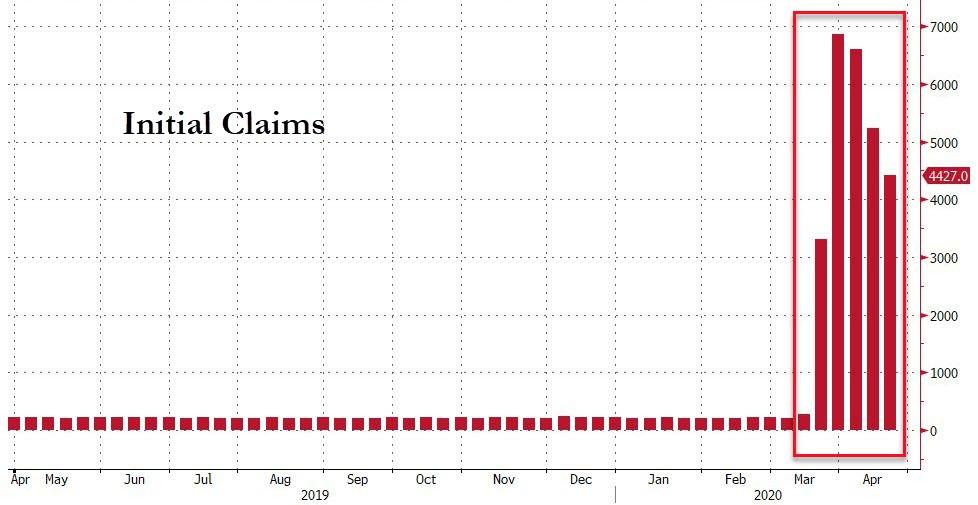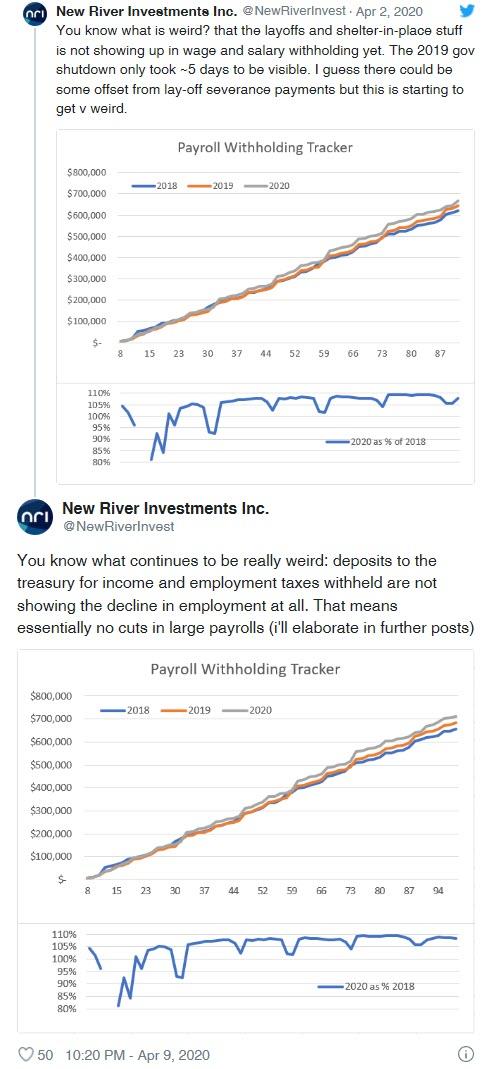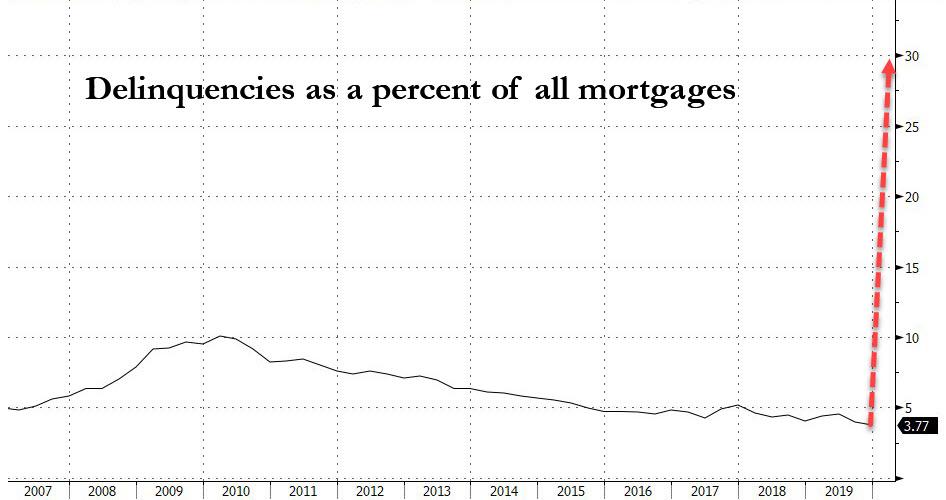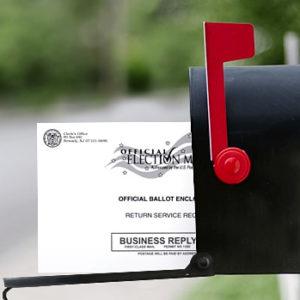Today the Supreme Court gave environmental groups a surprise victory in Maui v. Hawaii Wildlife Fund. Writing for a six-justice majority, Justice Breyer explained that the Clean Water Act requirement of a permit for discharging pollutants into waters of the United States applies not only to direct discharges from point sources, but also the “functional equivalent” of direct discharges. As readers may recall, environmental groups had tried to settle the Maui case due to their fear of an adverse ruling limiting the CWA’s permitting requirements. Instead they got about as good a results as they could have hoped for.
Justice Breyer’s opinion was joined by the Chief Justice, and Justices Ginsburg, Sotomayor, Kagan, and Kavanaugh. Justice Kavanaugh also wrote a separate concurring opinion. Justices Alito and Thomas authored dissents, the latter of which was joined by Justice Gorsuch.
Justice Breyer’s opinion begins with a decent summary of the case and holding. So here it is:
The Clean Water Act forbids the “addition” of any pollutant from a “point source” to “navigable waters” without the appropriate permit from the Environmental Protection Agency (EPA). Federal Water Pollution Control Act, §§301(a), 502(12)(A), as amended by the Federal Water Pollution Control Act Amendments of 1972 (Clean Water Act) §2, 86 Stat. 844, 886, 33 U. S. C. §§1311(a), 1362(12)(A). The question presented here is whether the Act “requires a permit when pollutants originate from a point source but are conveyed to navigable waters by a nonpoint source,” here, “groundwater.” Pet. for Cert. i. Suppose, for example, that a sewage treatment plant discharges polluted water
into the ground where it mixes with groundwater, which, in turn, flows into a navigable river, or perhaps the ocean. Must the plant’s owner seek an EPA permit before emitting the pollutant? We conclude that the statutory provisions at issue require a permit if the addition of the pollutants through groundwater is the functional equivalent of a direct discharge from the point source into navigable waters.
In one sense, Justice Breyer’s opinion may be seen as a “Goldilocks” formulation in that there was broad agreement that the U.S. Court of Appeals for the Ninth Circuit had articulated an overbroad conception of CWA jurisdiction, but that the alternatives offered by the petitioners (and the Trump Administration) were too narrow. By roping in the “functional equivalent” of direct discharges from point sources, the Court ensured the CWA reaches many identifiable sources of water pollution and makes it more difficult for potentially regulated firms to evade the Act’s permitting requirements through strategic behavior.
Although this precise formulation was not offered in any of the party briefs, Justice Breyer repeatedly raised the “functional equivalent” formulation as a potential way to resolve the case at oral argument.
JUSTICE BREYER: I was looking for something, which I’m not wedded to the one I
said, but I’m looking for something that does give the EPA some leeway on this but doesn’t go as far as what traceability and causation do, which seem to say the sky’s the limit. And . . . that’s what I’m looking for. . . .
In his opinion Justice Breyer acknowledged that this test is a bit fuzzier than the alternatives proposed by the parties, but nonetheless concluded that inclusion of the “functional equivalent of a direct discharge” “captures, in broad terms, those circumstances in which Congress intended to require a federal permit.” Further, Justice Breyer explained, regulatory and judicial guidance would help clarify the precise scope of the term over time. As he wrote near the close of his opinion:
In sum, we recognize that a more absolute position, such as the means-of-delivery test or that of the Government or that of the Ninth Circuit, may be easier to administer. But, as we have said, those positions have consequences that are inconsistent with major congressional objectives, as revealed by the statute’s language, structure, and purposes. We consequently understand the permitting requirement, §301, as applicable to a discharge (from a point source) of pollutants that reach navigable waters after traveling through groundwater if that discharge is the functional equivalent of a direct discharge from the point source into navigable waters.
One other note about Breyer’s opinion is that the Court did not engage in any real Chevron analysis. Although the precise meaning of the relevant statutory language was at least somewhat ambiguous as to its precise application, he noted that he government did not ask for Chevron deference, and there was thus no reason to give it. From his opinion:
Neither the Solicitor General nor any party has asked us to give what the Court has referred to as Chevron deference to EPA’s interpretation of the statute. See Chevron U. S. A. Inc. v. Natural Resources Defense Council, Inc., 467 U. S. 837, 844 (1984). Even so, we often pay particular attention to an agency’s views in light of the agency’s expertise in a given area, its knowledge gained through practical experience, and its familiarity with the interpretive demands of administrative need. See United States v. Mead Corp., 533 U. S. 218, 234–235 (2001); Skidmore v. Swift & Co., 323 U. S. 134, 139–140 (1944). But here, as we have explained, to follow EPA’s reading would open a loophole allowing easy evasion of the statutory provision’s basic purposes. Such an interpretation is neither persuasive nor reasonable.
Justice Kavanaugh wrote a separate concurrence to emphasize his view that the Court’s Maui decision is consistent with Justice Scalia’s interpretation of the CWA in Rapanos v. United States, and that any “vagueness” in the meaning of the relevant statutory langauge is a function of Congress’s formulation, not the Court’s opinion. Wrote Kavanaugh, “The Court’s opinion seeks to translate the vague statutory text into more concrete guidance.” Kavanaugh’s emphasis on Scalia’s Rapanos opinion is potentially important, as it seems to indicate that Kavanaugh’s embrace of a broad understanding of what constitutes a “discharge from” a point source does not require an equally broad conception of what constitutes “waters of the United States.” In other words, joining Justice Breyer here hardly precludes Kavanaugh from voting to uphold the Trump Administration’s WOTUS rule.
Justice Thomas, joined by Justice Gorsuch, stressing the statute’s text. According to Thomas, the CWA prohibits the discharge of pollutants from point sources, not from what the EPA or the courts might believe are the “functional equivalent” of such sources. The latter, Justice Thomas argued, is necessarily derived from “an open-ended inquiry into congressional intent and practical considerations,” whereas he “would adhere to the text.” As Justice Thomas concluded:
The best reading of the statute is that a “discharge” is the release of pollutants directly from a point source to navigable waters. The application of this interpretation to the undisputed facts of this case makes a remand unnecessary. Petitioner operates a wastewater treatment facility and injects treated wastewater into four underground injection control wells. All parties agree that the wastewater enters groundwater from the wells and does not directly enter navigable waters. Based on these undisputed facts, there is no “discharge,”
Interestingly enough, Justice Thomas agreed with the majority that Chevron deference was not due the agency’s interpretation, and took the opportunity to repeat his criticism of the doctrine.
I agree that the EPA’s interpretation is not entitled to deference for at least two reasons: No party requests it, and the EPA’s reading is not the best one. . . . I add only that deference under Chevron U. S. A. Inc. v. Natural Resources Defense Council, Inc., 467 U. S. 837 (1984), likely conflicts with the Vesting Clauses of the Constitution.
Justice Alito also wrote a separate dissent urging a narrower textual interpretation of the statute. While the two dissents both rejected the broad reading offered by the majority, they differed on some particulars. Among other things, the two opinions disagree on the import of the words “any” and “addition,” and (in Justice Alito’s view) this could lead to Justice Thomas’s interpretation excluding some discharges that should be covered under the Act.
The Maui case is important, but it’s hardly the last word on CWA jurisdiction. The Court remanded the case back to the Ninth Circuit, and there are several cases in various stages of litigation that will now have to apply the Court’s new test. At the same time, litigation over the proper definition of “waters of the United States” is ongoing, so it’s likely the Supreme Court will revisit the scope of CWA regulation in the not-too-distant future.
from Latest – Reason.com https://ift.tt/2VUVHZF
via IFTTT





